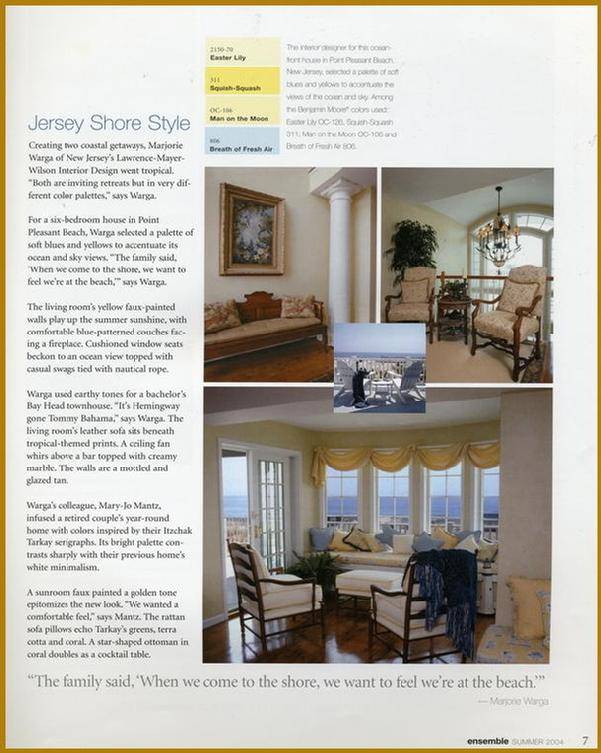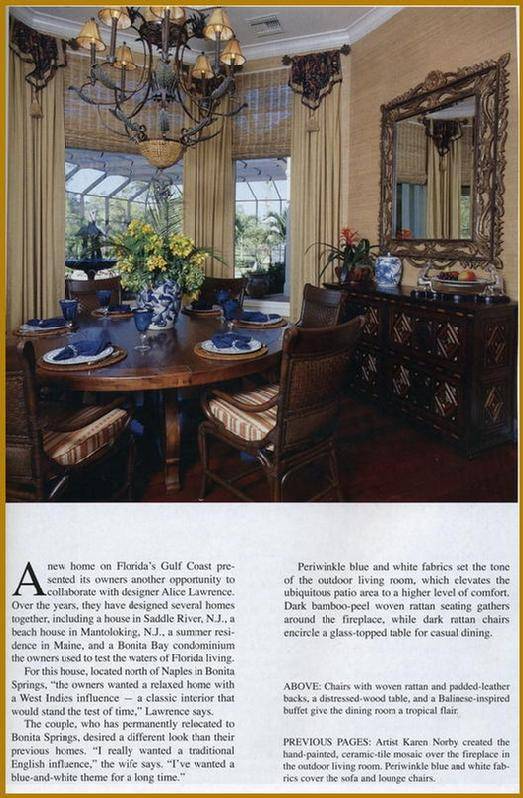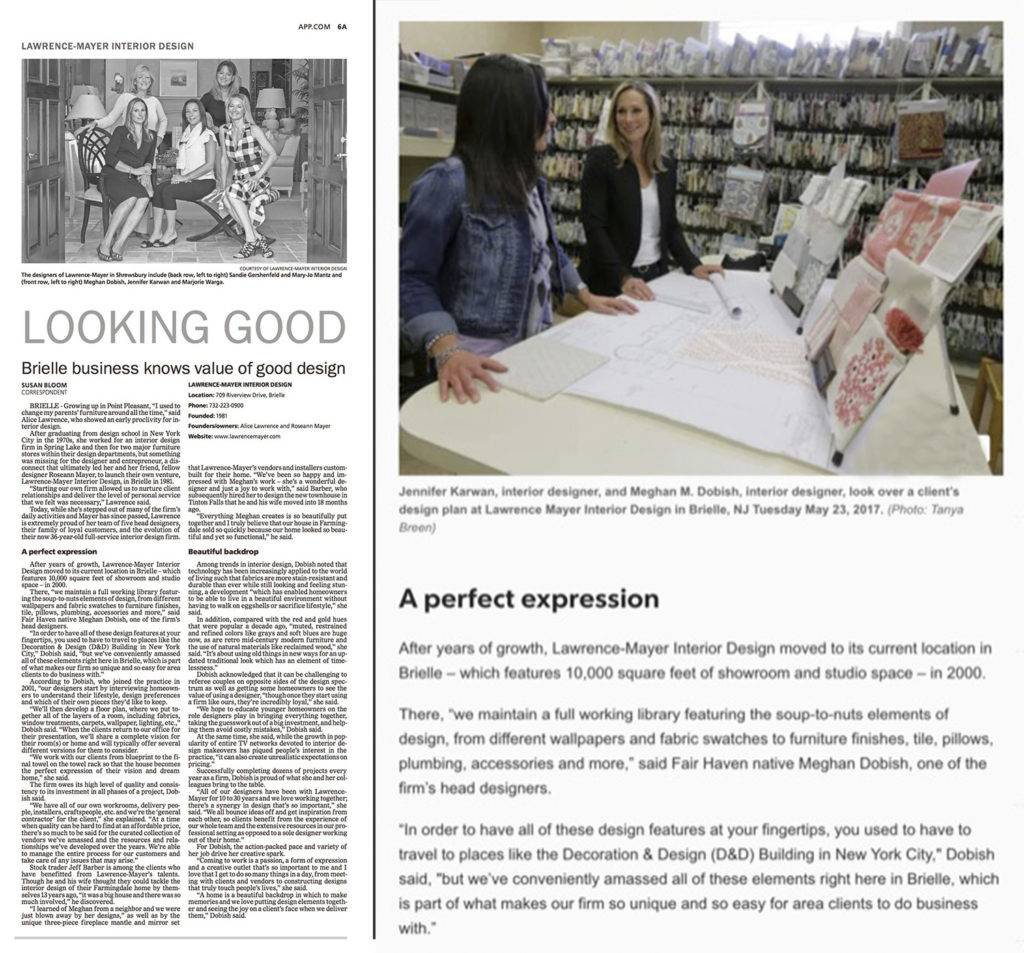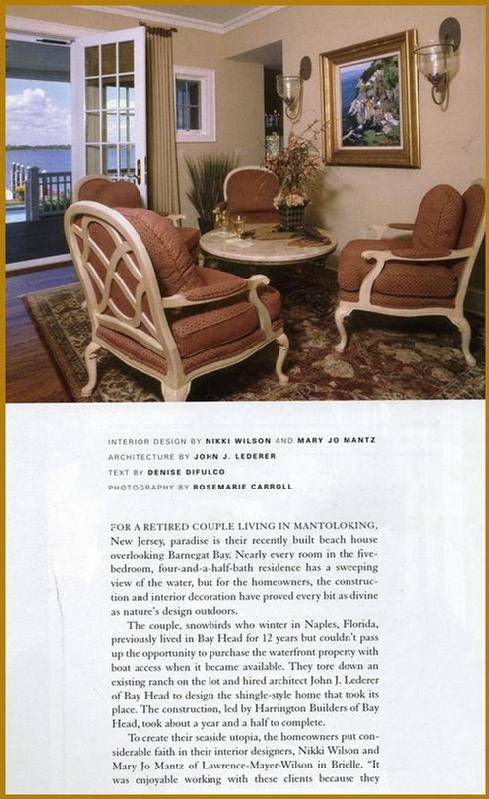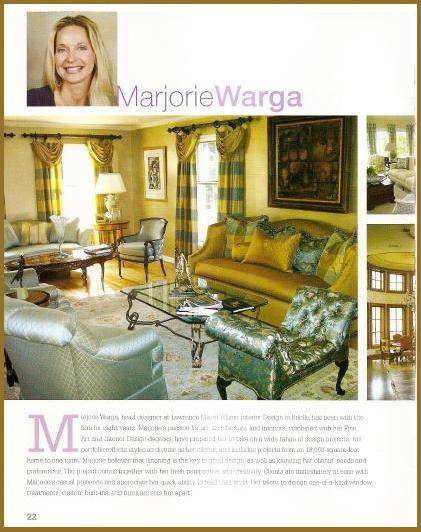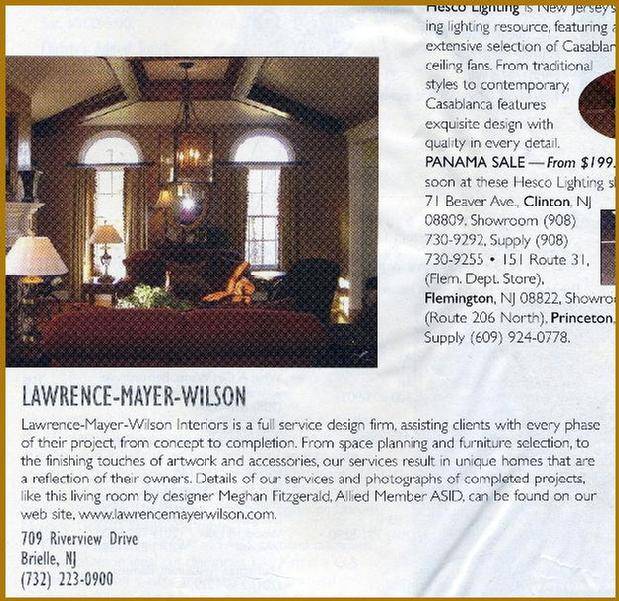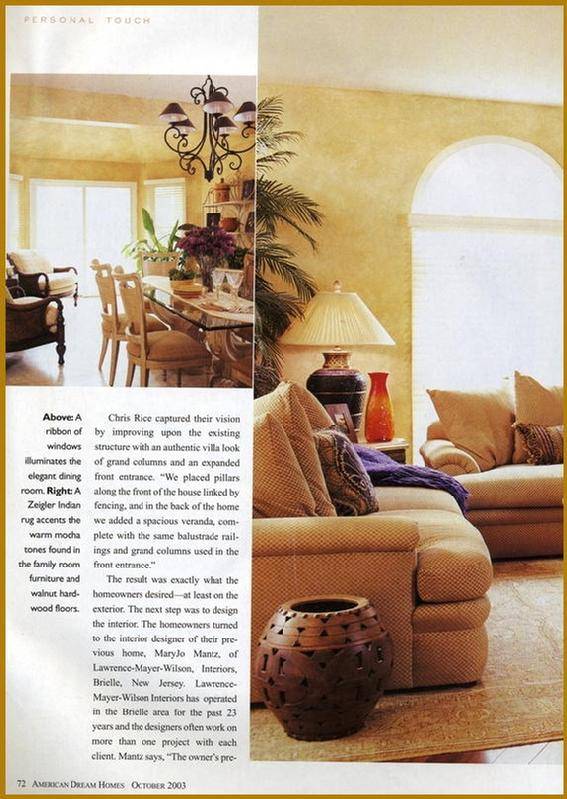Embarking on a design project whether it’s for a single room, an entire home, or a commercial space is an exciting opportunity to bring your vision to life. But even the most creative ideas can get lost in translation if communication between you and your designer isn’t clear. Knowing how to articulate your preferences, share your inspirations, and collaborate effectively ensures the final result reflects your style and needs.
Below, we’ll break down three essential steps to transform your ideas into reality.

Defining Your Vision with Visual Design Concepts
The first step in any successful design project is clarifying what you want. While describing your vision with words is important, it’s often easier and more effective to show rather than tell. This is where visual design concepts come in.
Gathering visual inspiration such as Pinterest boards, magazine clippings, or photographs of spaces you admire helps your designer understand the look and feel you’re aiming for. These concepts act as a reference point, ensuring both you and your designer are on the same page about style, color palettes, and overall ambiance.
When compiling your ideas:
- Focus on elements you love rather than trying to replicate entire spaces.
- Include images that capture texture, lighting, and furniture style.
- Be specific about what you like in each image to avoid assumptions.
By starting with strong visual design concepts, you set a clear foundation for your designer to interpret and adapt to your space.
Building a Collaborative Relationship When Working with Designers
A design project is a partnership, and working with designers requires open communication and trust. Designers bring expertise in balancing aesthetics with functionality, but your input is vital in shaping the outcome.
To make collaboration seamless:
- Be honest about your needs including lifestyle factors, storage requirements, or family considerations.
- Ask questions to understand the reasoning behind material choices, layouts, or design solutions.
- Provide timely feedback so adjustments can be made early in the process rather than after significant work has been done.
Remember that designers may suggest ideas outside your initial vision. Instead of dismissing them immediately, consider how these suggestions might elevate the project. Collaboration thrives when both creativity and practicality are valued.
Communicating Details and Managing Expectations
Clear communication goes beyond the creative aspects; it also involves timelines, budgets, and project scope. Early in your design project, work with your designer to establish a realistic schedule and identify any potential challenges. This prevents misunderstandings and ensures everyone is aligned on deliverables.
Some tips for effective project communication:
- Keep all correspondence organized in one place, whether that’s through email, shared folders, or project management tools.
- Use check-in meetings to review progress and address any concerns.
- Be upfront about your budget so the designer can source materials and furnishings that fit within your range.
By taking a proactive approach, you minimize surprises and keep the project moving forward smoothly.
Turning your dream space into reality requires more than just creative ideas; it demands a structured approach to communication, trust in the design process, and an openness to collaboration. By defining your vision with visual design concepts, fostering a strong working relationship with your designer, and managing project expectations, you’ll set the stage for a successful outcome.
If you’re ready to start your own design project and want a team that listens, collaborates, and brings decades of expertise to the table, consider working with Lawrence-Mayer Interior Design where your vision becomes a beautifully executed reality.

